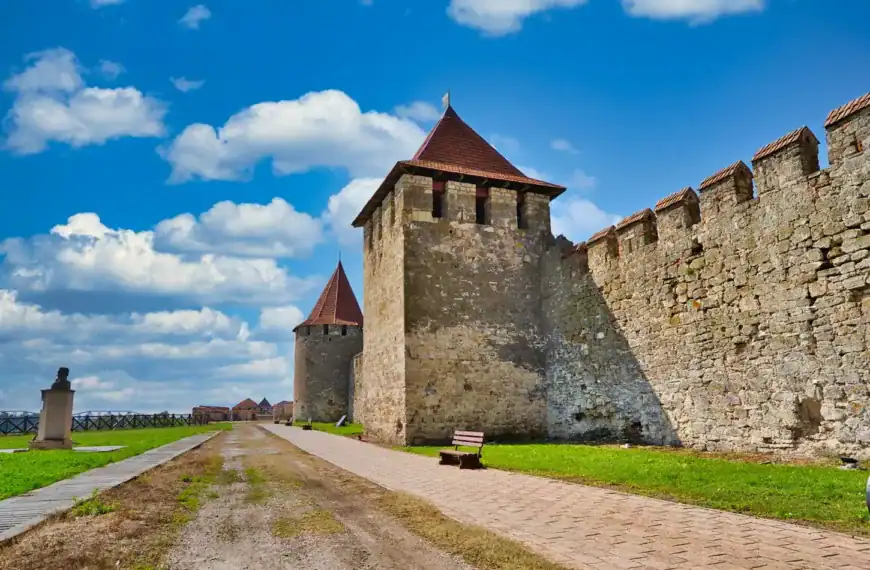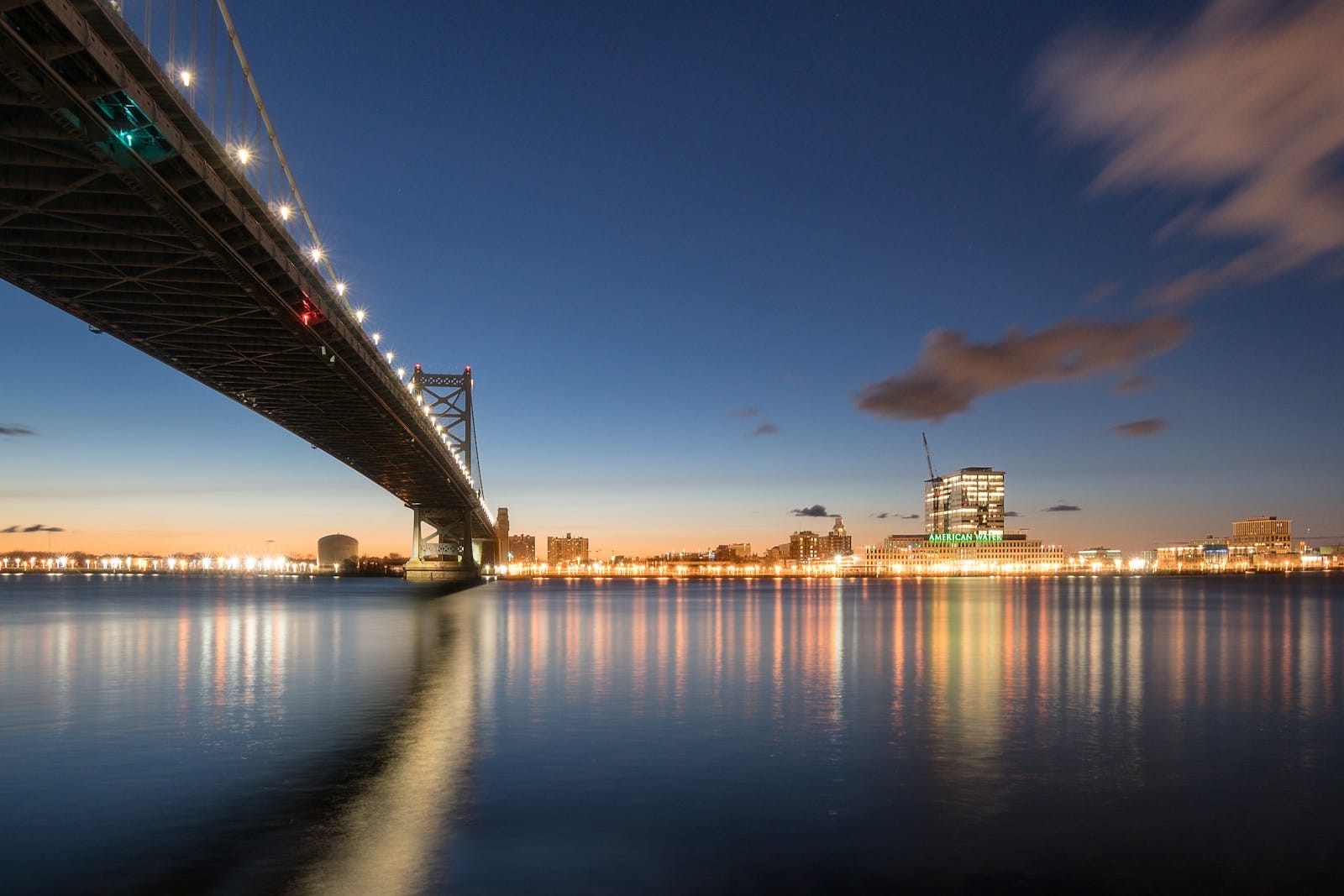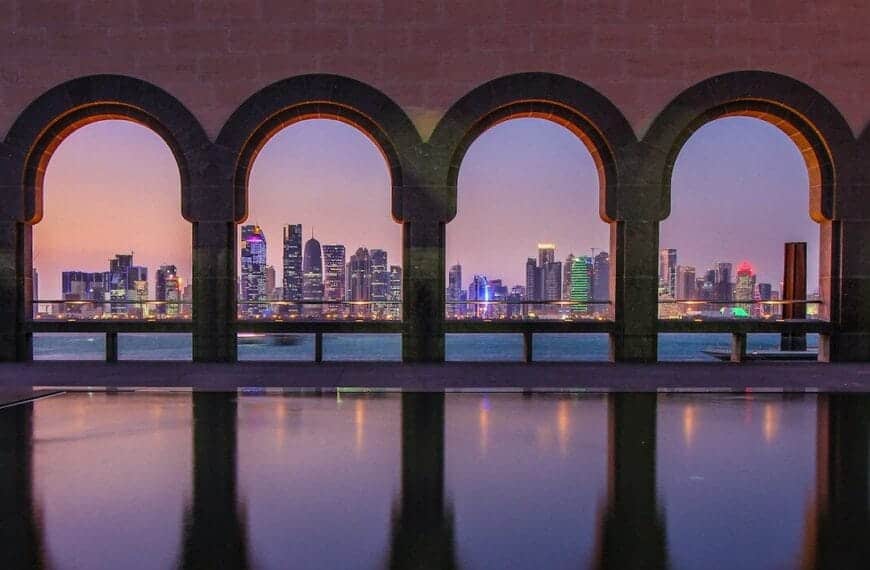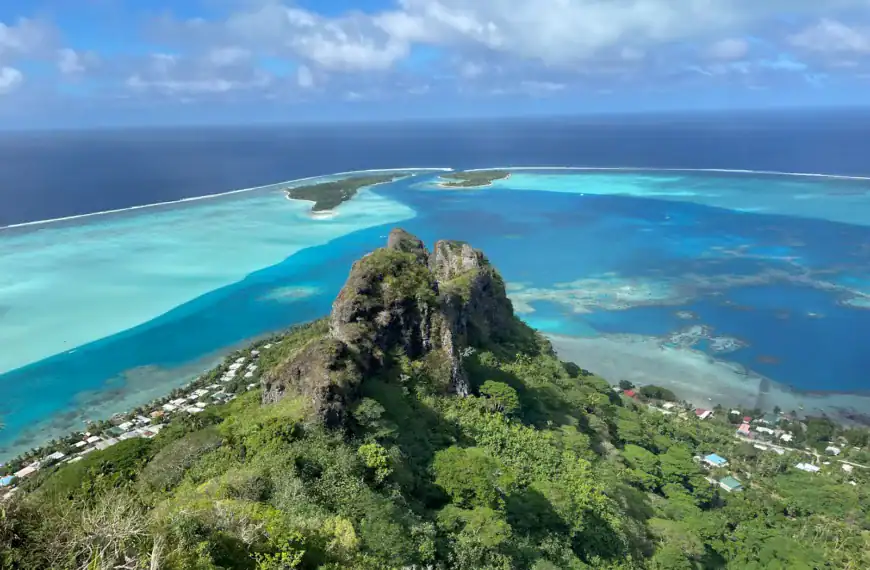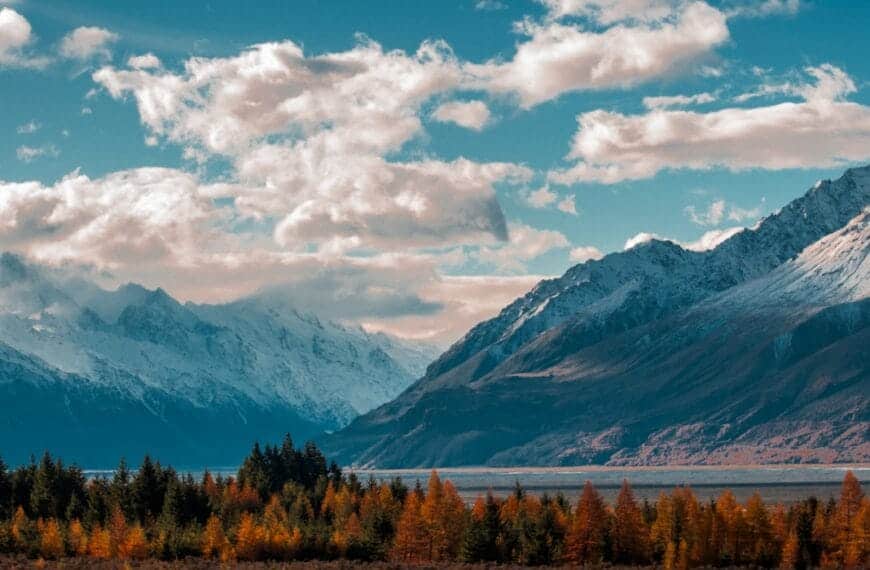Oman Travel Guide: Desert Majesty, Coastal Bliss & Mountain Traditions
Intro to Oman Travel Guide
Oman is Arabia with soul — unspoiled, serene, and steeped in ancient hospitality. From misty mountains to golden deserts and turquoise coastlines, this jewel of the Arabian Peninsula offers adventure without chaos, luxury without excess, and tradition without spectacle.
Whether you’re sailing on a dhow past limestone cliffs, trekking through date-filled wadis, or sleeping under the stars in Wahiba Sands, Oman rewards curiosity with quiet beauty and cultural authenticity.
Start planning with our complete Oman Travel Guide — featuring region-by-region insights, cultural etiquette, travel costs, transport tips, and the best things to do across this magnificent land.
💡Quick Facts:
Destination: Oman
Continent: Asia
Country: Oman
Area: 309,500 km² (119,500 mi²)
Population: ~4.7 million (2024 estimate)
Density: ~15 people per km²
Capital: Muscat
Regions/Subregions: Musandam, Al Batinah, Al Dhahirah, Al Dakhiliyah, Ash Sharqiyah, Al Wusta, Dhofar, Al Buraimi
Language(s): Arabic (official), English widely used in tourism and business
Currency: Omani Rial (OMR)
Time Zone(s): Gulf Standard Time (UTC+4)
Airports (Main/Regional):
– Muscat International Airport (MCT)
– Salalah International Airport (SLL)
– Duqm Airport (DQM)
– Khasab Airport (KHS) – for Musandam Peninsula access
Climate: Arid desert and subtropical – scorching summers, mild winters, monsoon season in Dhofar
Known For: Desert wadis, Arabian forts, frankincense trade, pristine coastline, mountain oases, Islamic architecture, Musandam fjords
🛂Arrival Info:
– Most nationalities require a tourist eVisa, valid for 10 or 30 days
– GCC nationals do not need a visa
– Citizens of 100+ countries are eligible for Oman eVisa
– Visa-free transit up to 14 days for select passport holders
– Overstaying fines apply strictly; max stay depends on visa type
💉Health Info:
– No mandatory vaccines for most travelers
– Recommended: Hepatitis A & B, Typhoid, Tetanus
– Yellow Fever certificate required if arriving from endemic regions
– Excellent private hospitals in Muscat and Salalah
– Desert areas may lack medical facilities – carry basic first-aid
Travel health updates — get coverage here
Stay Informed with Official Updates: World Health Organization – International Travel and Health | Centers for Disease Control and Prevention – Global Travel Health
🚨Travel Advisory:
– Oman is very safe and politically stable
– Low crime rate, especially for tourists
– Caution advised near borders with Yemen and remote desert crossings
– Observe local laws and customs, especially during Ramadan
Stay Informed with Official Updates: US Travel Advisory | UK Foreign Travel Advice
📅Holidays:
– Eid al-Fitr – End of Ramadan (date varies)
– Eid al-Adha – Feast of Sacrifice (date varies)
– National Day – November 18
– Islamic New Year and Prophet Muhammad’s Birthday
– Most holidays follow the Islamic lunar calendar; government offices may close for multiple days
💰Money Matters:
– Currency: Omani Rial (OMR); very stable
– Credit/debit cards accepted in cities; carry cash in rural towns and souks
– ATMs widely available
– Tipping appreciated: 5–10% in restaurants, small change for services
– Duty-free allowance: 2L alcohol (non-Muslim visitors only), 400 cigarettes, perfumes/gifts – see Royal Oman Police Customs
🚍Transport:
– Car rental is popular and ideal for exploring wadis and mountains
– Roads are well-maintained; drive on the right side
– 4WD recommended for deserts and off-road wadis
– Intercity buses: Mwasalat covers main cities (e.g., Muscat–Salalah)
– Taxis are unmetered – negotiate fare in advance or use app-based services (e.g., Otaxi)
📶Connectivity:
– Reliable 4G coverage in most cities and major towns
– SIM cards available at the airport and malls (Omantel, Ooredoo)
– eSIM supported by local carriers
– Free Wi-Fi in airports, malls, and many hotels
– Public access less common in rural areas
📜Laws & Etiquette:
– Modest dress expected in public (cover shoulders and knees)
– Public displays of affection discouraged
– Alcohol permitted in hotels/restaurants with licenses – illegal to drink in public
– Drug laws are very strict
– LGBTQ+ travelers: discretion advised; homosexuality is illegal
– During Ramadan, eating/drinking in public during daylight is prohibited
🛡️Emergency Info:
– Emergency Numbers: Police 9999, Ambulance 9999
– U.S. Embassy: Muscat
– Hospitals in Muscat are high quality; rural areas have basic clinics
– Travel insurance is strongly recommended for adventure travel or remote treks
– Use embassy locator tools: Embassies Worldwide
🌦️Weather:
– Summer (May–Sept): Very hot – 40–50°C (104–122°F) common in interior
– Winter (Nov–Mar): Pleasant, 15–25°C (59–77°F); best time to visit
– Khareef (Monsoon) in Dhofar: June–Sept – Salalah becomes green and misty
– Sandstorms and flash floods possible in desert wadis – check local forecasts
Weather Forecast
Oman by Region – Where to Go
Oman’s geography is as diverse as its culture — here’s how to explore by region:
Muscat & Capital Area (North Coast)
- Muscat – The capital blends whitewashed buildings, elegant mosques, and waterfront charm. Visit the Sultan Qaboos Grand Mosque, Mutrah Souq, and Royal Opera House.
- Qurayyat & Yiti Beaches – Peaceful coastal escapes just south of the capital.
Al Batinah & Al Dhahirah (Northwest)
- Rustaq & Nakhal – Forts, hot springs, and traditional villages.
- Al Ain border route – Gateway to UAE for cross-border travelers.
Al Hajar Mountains (Interior North)
- Nizwa – Cultural heart with a massive fort and bustling Friday souq.
- Jebel Akhdar – The “Green Mountain” with terraced farms and cool temperatures.
- Jebel Shams – Oman’s highest peak and home to the “Grand Canyon of Arabia.”
- Wahiba Sands (Sharqiyah Sands) – Towering dunes ideal for 4×4 safaris and Bedouin camps.
- Wadi Bani Khalid & Wadi Shab – Lush oases perfect for hiking and swimming.
- Sur – Seaside town with dhows, turtle reserves, and maritime heritage.
Al Wusta Region (Central Oman)
- Khaluf & Bar Al Hikman – Remote beaches and white-sand solitude.
- Desert interior – Off-grid exploration for the seasoned traveler.
Dhofar Region (South Oman)
- Salalah – Subtropical monsoons (khareef), frankincense trees, waterfalls, and coastal cliffs.
- Mughsail Beach – Blowholes and dramatic rock formations.
Top Places to Visit in Oman
Cultural Cities
- Muscat – A graceful city of souks, sea breezes, and marble mosques.
- Nizwa – Oman’s ancient capital, rich in forts, falaj systems, and mountain markets.
- Salalah – A lush contrast to the desert, with tropical landscapes and sacred frankincense.
Nature & Adventure
- Jebel Shams – Hike the Balcony Trail along Oman’s own Grand Canyon.
- Wadi Shab & Wadi Bani Khalid – Swim through turquoise pools and palm-lined canyons.
- Ras al Jinz – Turtle nesting site where you can witness hatchlings return to the sea.
Desert & Mountains
- Wahiba Sands – Iconic orange dunes with 4WD adventures and camel rides.
- Jebel Akhdar – Explore rose gardens, pomegranate orchards, and stone villages like Misfat al Abriyeen.
Coast & Islands
- Dimaniyat Islands – Protected marine reserve perfect for diving and snorkeling.
- Musandam Peninsula – Known as the “Norway of Arabia” with fjord-like inlets and dhow cruises (accessible via UAE).
How to Choose Where to Go in Oman
- For heritage and history: Focus on Nizwa, Rustaq, and Muscat.
- For mountains and hikes: Head to Jebel Shams, Jebel Akhdar, and the Western Hajar.
- For coastal beauty: Explore Sur, Musandam, and the Dimaniyat Islands.
- For desert escapes: Stay in Wahiba Sands or drive toward Al Wusta.
- For subtropical greenery: Visit Salalah in the khareef season (July–September).
Mix coast, desert, and highlands for a full Omani journey.
How to Get Around Oman
- Car Rental – Best for independent travel; roads are well-maintained (4WD needed for Jebel Shams/Wahiba).
- Taxis – Widely available in cities but not metered; agree on a price or use apps like Otaxi.
- Shared Taxis/Buses – Available between towns, but less convenient for tourists.
- Domestic Flights – Salalah to Muscat flights save time (1.5 hours).
- Tour Operators – Great for guided wadis, desert safaris, and multi-day trips.
Tip: Drive cautiously — Omanis are polite drivers, but desert and mountain roads require care.
Travel Budget & Costs in Oman
Average Daily Costs:
- Budget: $40–70/day (guesthouses, falafel stalls, shared taxis)
- Mid-range: $100–180/day (car rental, desert camps, boutique hotels)
- Luxury: $250–600+/day (resorts, private drivers, luxury camps)
Sample Prices:
- Guesthouse in Nizwa: $30–60/night
- Desert safari with dinner: ~$60–100
- Muscat to Salalah flight: ~$100 one way
- Entry to forts: $1–3
- Local meal: $5–10
Tips to save:
- Stay in heritage guesthouses or simple desert camps
- Eat at local cafeterias or markets
- Rent a car and self-drive instead of guided tours
Best Time to Visit Oman
Peak Season (October–April):
- Ideal for desert and mountain travel (20–28°C)
- Clear skies, great hiking, and comfortable city weather
Khareef Season (July–September):
- Salalah transforms into a green, misty landscape
- Unique in the Gulf — perfect for cool hikes and waterfalls
Summer (May–August in North):
- Very hot (35–45°C), especially in Muscat and inland areas
- Best avoided unless staying on the coast or in highlands
Must-See Experiences in Oman
- Camp in Wahiba Sands, watching stars with Bedouin tea
- Cruise through Musandam fjords on a traditional dhow
- Wander Nizwa Fort’s ramparts, then haggle for silver in the souq
- Swim through Wadi Shab, passing waterfalls and caves
- Smell frankincense in Salalah’s souks, once the world’s incense hub
- Hike the Balcony Trail at Jebel Shams, overlooking Oman’s Grand Canyon
- Snorkel off the Dimaniyat Islands, spotting sea turtles and reef sharks
- Visit Mutrah Souq, one of the oldest markets in the Gulf
Explore handpicked Oman tours and unforgettable things to do in Oman, from ancient forts to underwater reefs.
Best Travel Itineraries in Oman
Classic Oman – 7 Days
- Muscat → Wahiba Sands → Wadi Bani Khalid → Nizwa → Jebel Shams
Perfect intro to coast, desert, and mountains.
Coast & Desert – 5 Days
- Muscat → Sur → Ras al Jinz → Wahiba Sands
Combines sea turtles, dhow heritage, and dune camping.
Green South – 6 Days
- Salalah → Dhofar Mountains → Mughsail → Sumhuram
Great for monsoon season and frankincense trail.
Mountain Explorer – 8 Days
- Muscat → Jebel Akhdar → Jebel Shams → Al Hamra
Perfect for hiking, village stays, and canyon views.
Local Cuisine & Culinary Experiences
Omani food is fragrant, mild, and communal — best enjoyed in homes, local eateries, or desert camps.
Must-Try Dishes
- Shuwa – Slow-cooked spiced lamb buried underground (special occasions)
- Majboos – Spiced rice with meat or seafood
- Mashuai – Grilled kingfish served with lemon rice
- Halwa – Gelatinous Omani dessert made with rosewater, saffron, and nuts
- Dates & Kahwa – Coffee with cardamom, served with dates as a welcome gesture
Drinks:
- Laban – Salty yogurt drink
- Karak tea – Strong, sweet tea with milk and cardamom
- Fresh juices – Pomegranate, mango, and lime are popular
Try a home-cooked meal via a local host, or dine in a rooftop restaurant in Muscat’s Mutrah for sunset views and seafood.
Travel Safety & Cultural Etiquette in Oman
Safety Overview
- Oman is one of the safest countries in the Middle East
- Low crime, excellent roads, and high hospitality
- Desert and wadi travel require caution — inform someone and go prepared
Cultural Etiquette
- Dress modestly (covered knees and shoulders in public)
- Always greet with “As-salaam alaykum” and accept coffee or dates
- Avoid public displays of affection
- Ask before photographing locals, especially women
- Remove shoes when entering homes or tents
Where to Go Next – Pair Oman with These Destinations
- UAE – Dubai and Abu Dhabi are easy flight or road connections away
- Jordan – For Petra, Wadi Rum, and Dead Sea contrasts
- Cyprus – Short flight away, ideal for beach and island culture
- Georgia – For hiking, wine, and Caucasus mountains
- India (Goa or Kerala) – Lush spice trails and coastal contrast to Oman’s deserts
Explore our UAE Travel Guide, Jordan Travel Guide, Cyprus Travel Guide, and India Travel Guide to build your regional itinerary.
Final Planning Checklist for Oman
- Many nationalities can get an eVisa online (10–30 days)
- Rent a 4WD for desert or mountain travel
- Download offline maps and Otaxi app for city travel
- Dress modestly — especially at mosques and villages
- Bring a reusable water bottle, hat, and sun protection
- Get travel insurance that covers off-road and remote travel
- Stay hydrated and follow wadis and canyon safety signs
- Learn key phrases: “Shukran” (thank you), “Marhaba” (hello)
Explore Oman with confidence using our trusted tips, local insights, and region-by-region planning tools.
For more expert travel tips, practical strategies, and trusted tools — visit our Homepage and get inspired for your next trip.


